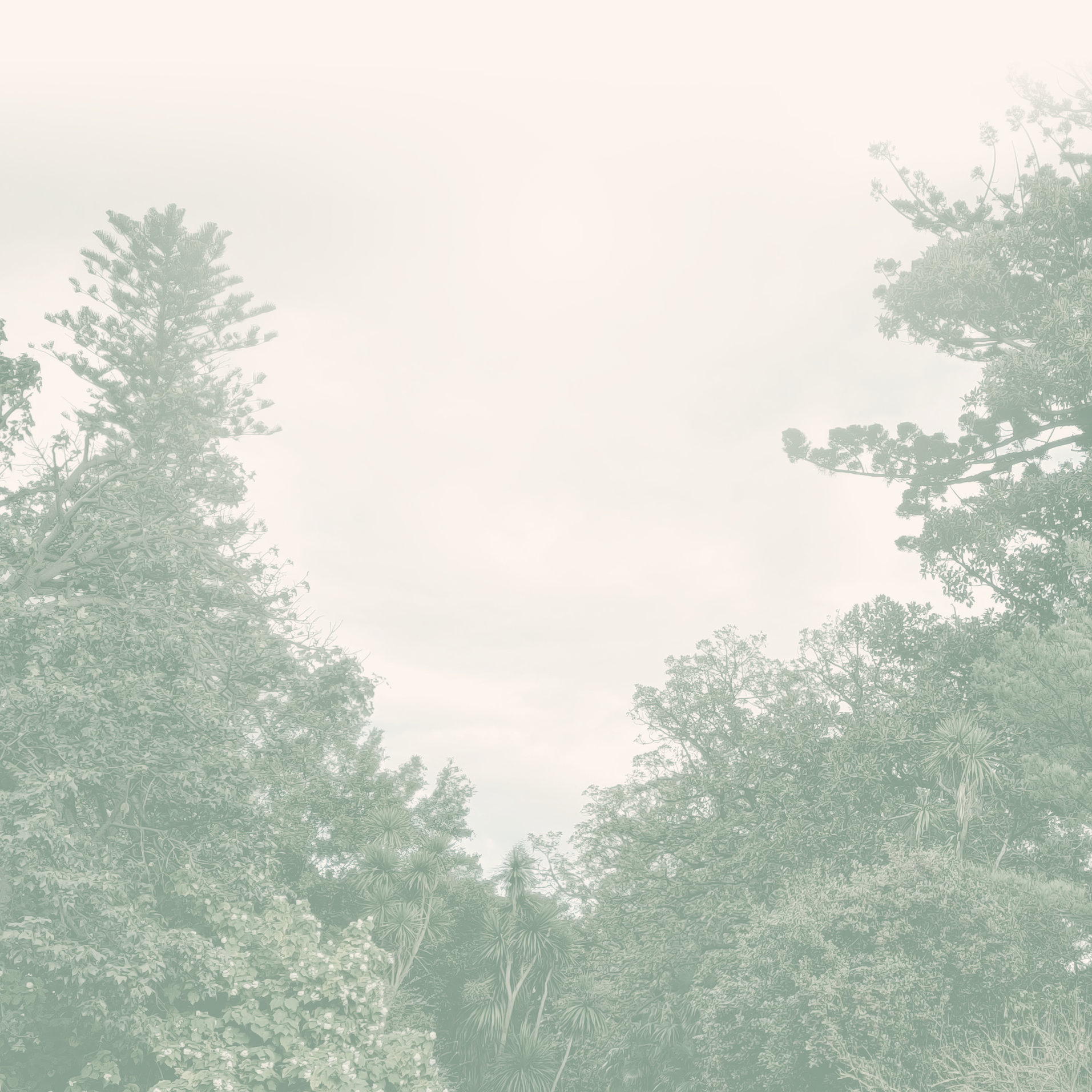
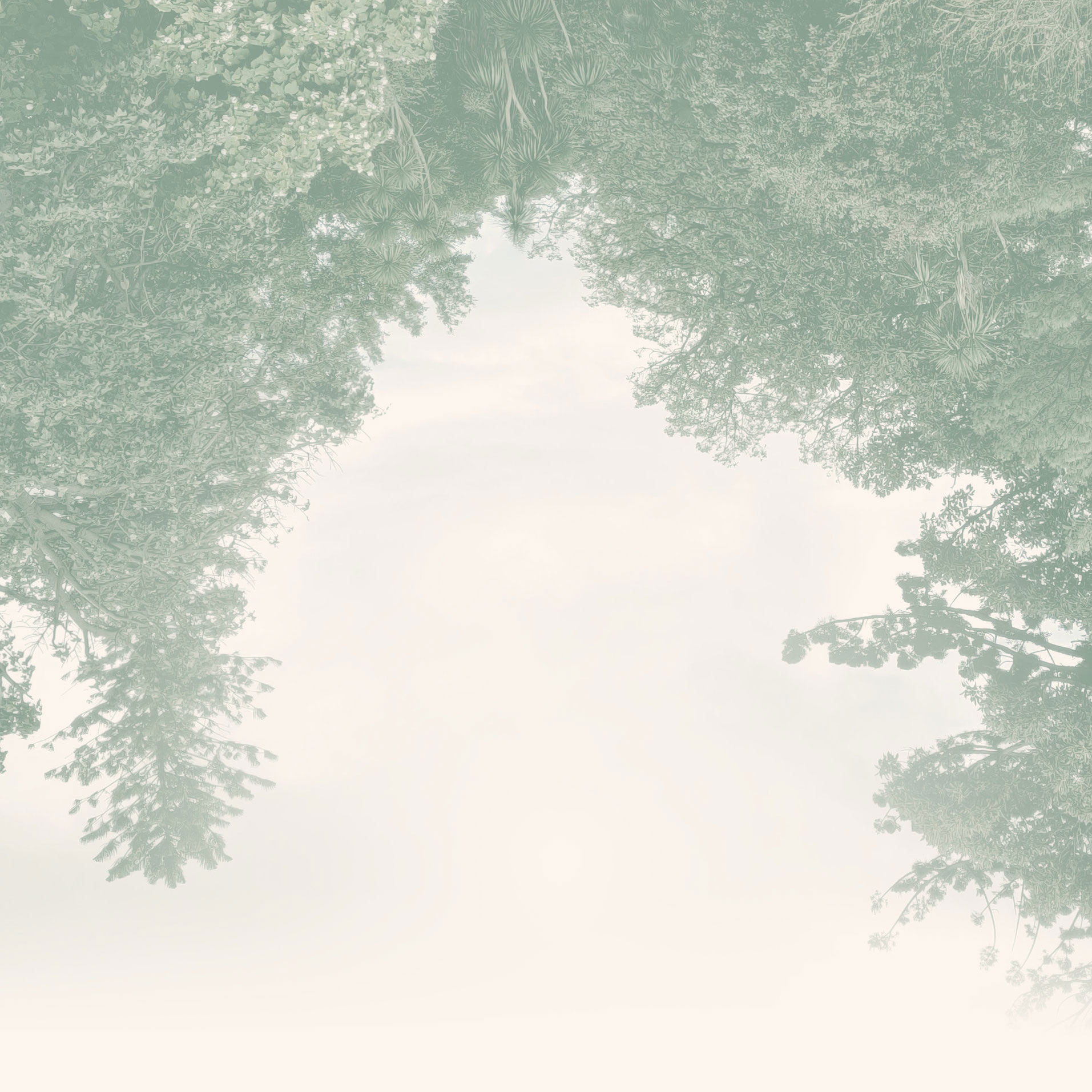
Hidden Rippon Lea
An immersive tour of nature, memory and water sounds
HIDDEN RIPPON LEA APP AVAILABLE 2024


Listen deeply.
Windmill
Meet the underground river
At the foot of the windmill is a metal shaft. When we open the shaft we look down… down… nine metres into the underground. We can feel a new coolness to the air. And we can hear the movement of water. This is the water that nurtures the Rippon Lea gardens, that circulates through an intricate series of clay pipes laid down in the 1860’s. But where does this water come from? Following the path of the water leads us out of this property, under the streets of Elstenwick in the stormwater tunnels, up the hill towards Caulfield Park. It also leads us back in time, to a landscape before colonisation and to the ancient and enduring pathways of water.


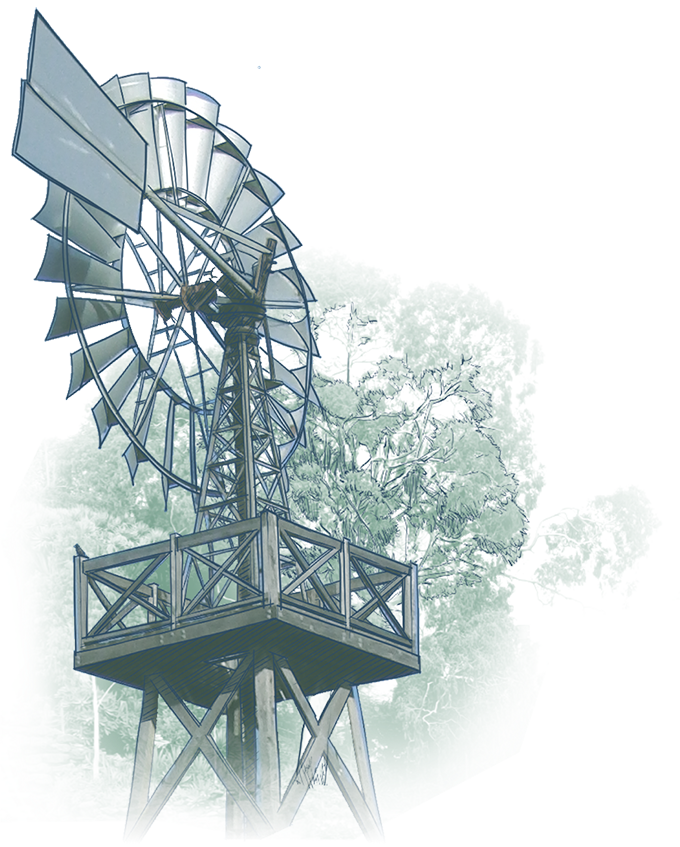
Lake
Being on country
On the edge of the Rippon Lea Lake we can see two big old river red gum trunks, the trees long dead, but their roots still deep in the ground, under the lake. The trees hold many scars, one possibly from a raft canoe used by Indigenous people hundreds of years ago to navigate through the seasonal swamps that once characterised this area. N’arweet Dr Carolyn Briggs, Boon Wurrung elder, tells us of the ways Country endures through urbanisation, and of how creatures such as the Shortfin Eel, that navigate the stormwater pipes to come from Port Phillip Bay to live in the Lake at Rippon Lea, find ways to survive and thrive.


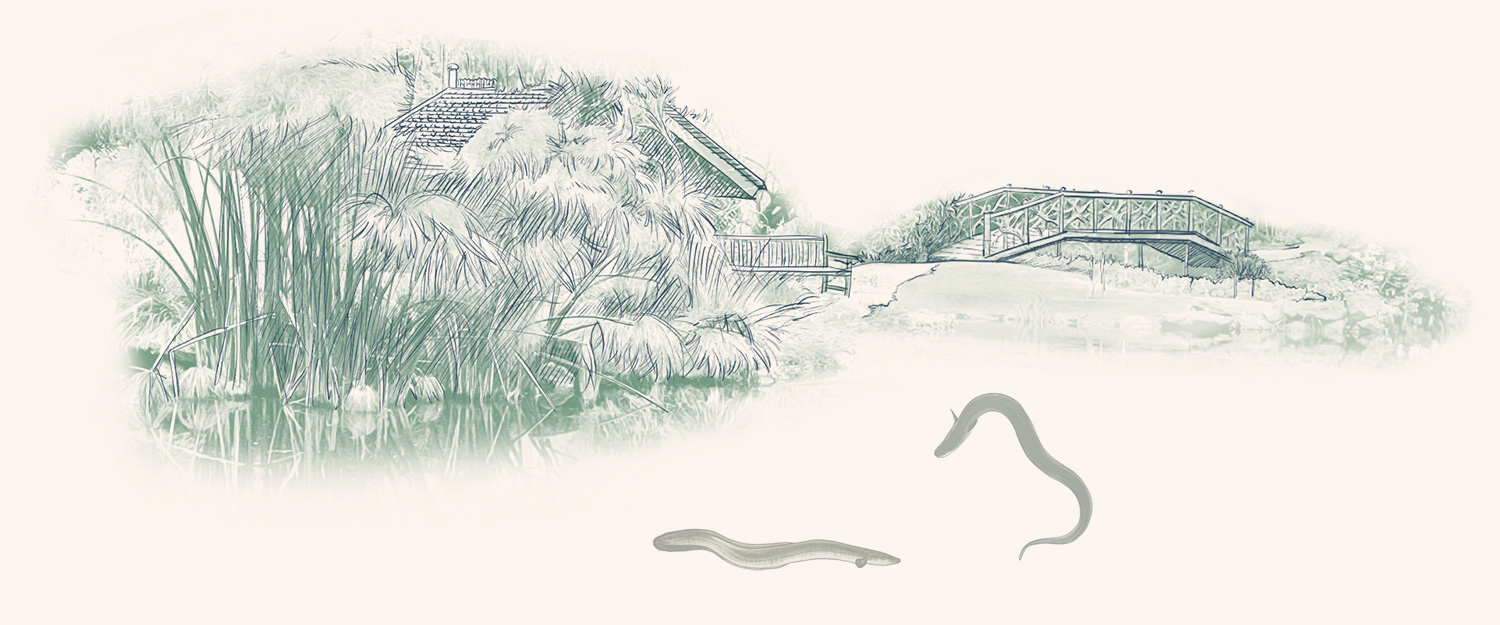
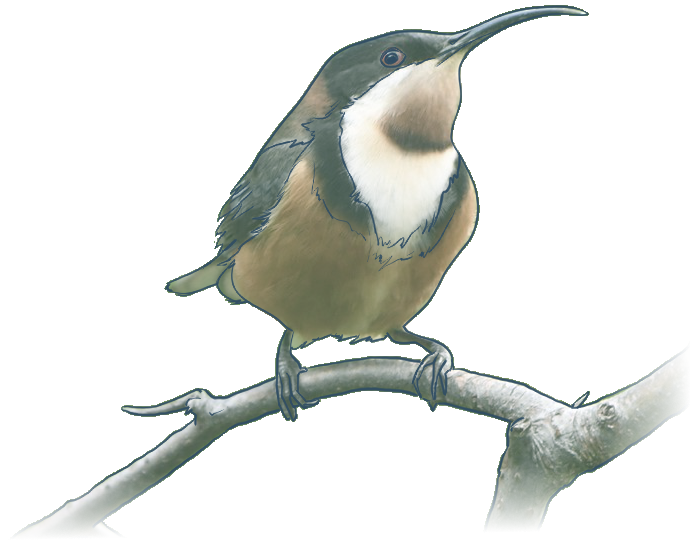
Fernery
Going back to the old ways
The severe drought of the 1980’s threatened the garden at Rippon Lea and the ecosystems that it supports. Instead of looking towards new technologies of the time to solve this challenge, National Trust Australia in fact looked to the past, and restored the complex underground water system designed in 1860’s. The reticulated system at Rippon lea captures naturally occuring underground spring water through nearby stormwater drains, as well as runoff from the house and grounds to irrigate the garden through self-sufficient means. The abundance of year round water means Rippon Lea is a biodiversity hotspot, supporting endangered birds and plants.


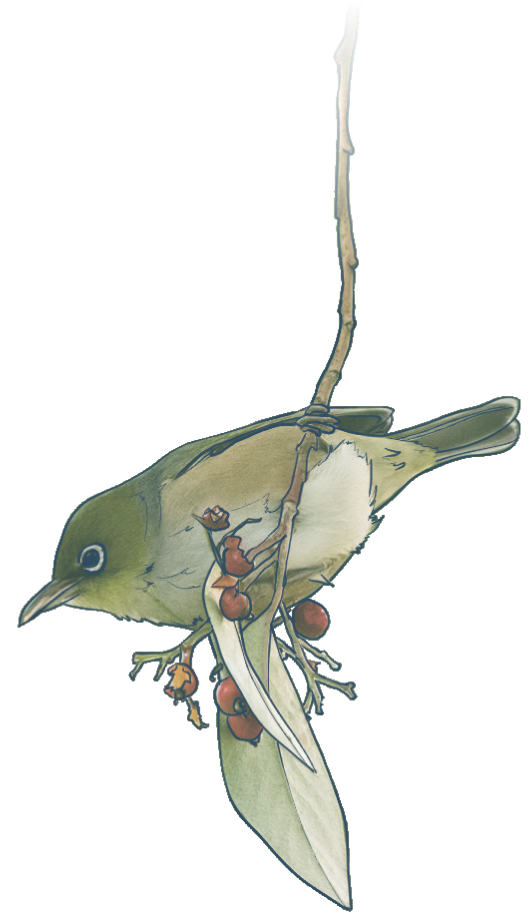

Underground
Listening reveals more than you see
Sound is a useful and revealing companion to a world made familiar through vision. With the aid of special microphones, we can listen more deeply within the garden environment to the many subtle sounds that are sometimes hidden from view. To create the sound for Hidden Rippon Lea we used hydrophones to listen under water, geophones to record the low rumblings within the earth, and binaural microphones—that mimic human listening perspectives—to capture the quiet rustling of trees and the delicate movements and utterances of small animals, birds and insects.


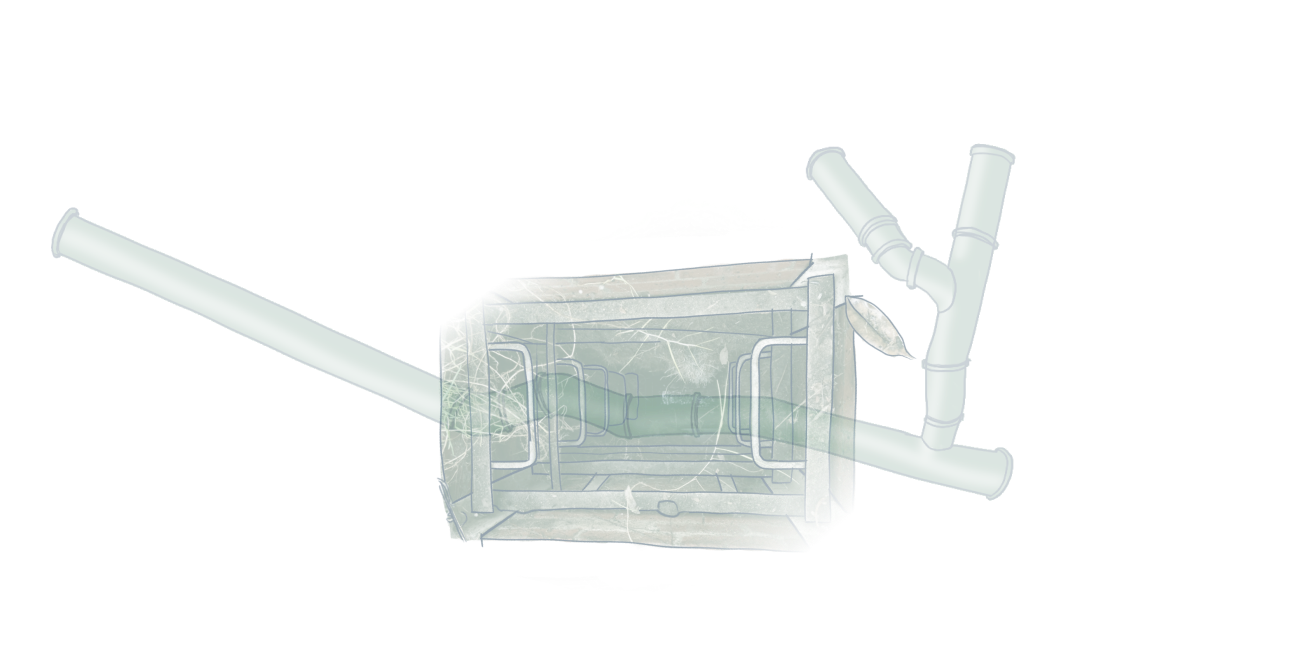
The Hidden Rippon Lea project was made possible with the generous support of an Australian Heritage Grant, the Rippon Lea Endowment Fund and National Trust sponsor The Drain Man.
The project is a collaboration between the National Trust of Australia, the Boon Wurrung Land and Sea Council, Monash University Urban Lab and Sensilab, and researchers at UNSW and RMIT.
Web production by Lee Wong and Aitor Mauleon at The Mighty Wonton.
Special thanks to naturalist Gio Fitzpartick for information on the flora and fauna at Rippon Lea.
Discover Rippon Lea.
New experience coming soon
Project Team
Justin Buckley
National Trust of Australia
N’arweet Dr Carolyn Briggs AM
Boon Wurrung Land and Sea Council
Dr Laura Harper
Monash University – Project lead
Ana Lara Heyns
Monash University – Research and conceptual design
Oscar Raby
VRTOV and Monash University – Creative Director, immersive experience & AR
Dr David Chesworth
RMIT – Creative Director, soundscape recording and composition
Dr Xavier Ho
Monash University – Creative Director, web design
Sonia Leber
RMIT – Soundscape recording and composition
Dr Marilu Melo Zurita
UNSW – Research and conceptual design
Taylor Coyne
UNSW – sound recording and research
Professor Jon McCormack
Monash University – Director, SensiLab
Discover Rippon Lea.
New experience coming soon




 Rippon Lea House and Gardens
Rippon Lea House and Gardens